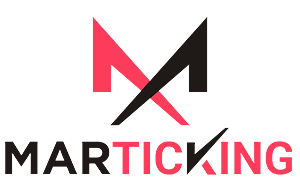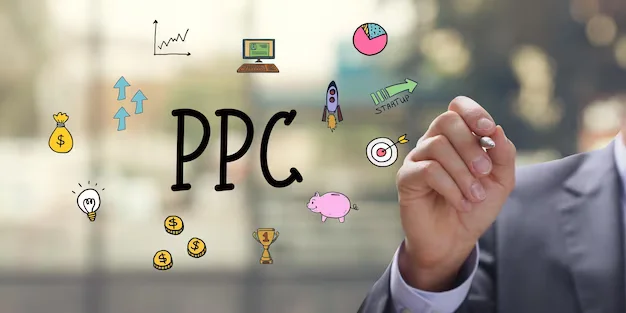What is PPC? Understanding the Basics
Pay-Per-Click (PPC) is a digital marketing model where advertisers pay a fee each time their ad is clicked. It’s a strategic approach where businesses bid for ad placement in a search engine’s sponsored links when users search for relevant keywords. Essentially, it’s a way to buy visits to your site rather than earning them organically.
What is PPC in Marketing? A Strategic Tool for Visibility
In the realm of marketing, PPC stands as a strategic tool to enhance online visibility and drive targeted traffic. Unlike traditional methods, PPC allows businesses to precisely target their audience based on demographics, interests, and search behaviors, ensuring that marketing budgets are efficiently utilized to reach potential customers.
What Does PPC Stand For? Decoding the Acronym
PPC stands for Pay-Per-Click. This payment model signifies that advertisers only incur charges when users click on their ads. It’s a performance-based system, aligning the cost with actual engagement, making PPC an effective and measurable marketing strategy.
What is Amazon PPC? Leveraging PPC on the E-Commerce Giant
Amazon PPC takes the principles of PPC advertising to the e-commerce giant. It’s a platform where sellers bid on keywords, and their products are displayed prominently in search results or on product pages when a user searches for those keywords. Amazon PPC is a powerful tool for sellers looking to boost product visibility and drive sales within the Amazon ecosystem.
How to Use PPC to Drive Sales for Your Online Store
Now that we’ve laid the groundwork, let’s explore how to harness the potential of PPC to drive sales for your online store:
1. Keyword Research: The Foundation of PPC Success
Start by identifying high-performing keywords relevant to your products. Comprehensive keyword research ensures that your PPC campaigns target the right audience, maximizing the impact of your ad spend.
2. Craft Compelling Ad Copy: Captivate Your Audience
The effectiveness of your PPC ad lies in its copy. Craft compelling, concise, and engaging ad copy that communicates the value proposition of your products. Use action-oriented language to prompt clicks.
3. Landing Page Optimization: Seamless User Experience
Ensure that your landing pages are optimized for conversions. A seamless transition from the ad to a well-designed, user-friendly landing page improves the chances of turning clicks into sales.
4. Budget Management: Strategic Allocation of Resources
Define your budget and allocate it strategically across campaigns. Regularly monitor and adjust your budget based on performance metrics, focusing on campaigns that yield the best results.
5. Ad Testing: Iterative Refinement for Success
Implement A/B testing for your ads to identify the most effective elements. Test variations in headlines, visuals, and calls-to-action to refine your approach continuously.
6. Utilize Ad Extensions: Enhance Visibility and Information
Take advantage of ad extensions to provide additional information within your ad. Extensions can include site links, callouts, and structured snippets, enhancing the visibility and appeal of your offering.
7. Monitor and Analyze Performance: Data-Driven Decision Making
Regularly monitor the performance of your PPC campaigns. Leverage analytics tools to assess click-through rates, conversion rates, and other key metrics. Use this data to make informed adjustments and optimize your strategy.
8. Remarketing: Re-engage Interested Visitors
Implement remarketing campaigns to re-engage users who have shown interest in your products but haven’t made a purchase. This helps to keep your brand in front of potential customers and encourages them to complete the buying journey.
9. Stay Informed on Trends and Updates: Evolve with the Landscape
The digital marketing landscape is dynamic. Stay informed about PPC trends, algorithm updates, and industry changes. Adapting your strategies to align with the evolving landscape ensures sustained success.
Conclusion: Unleashing the Potential of PPC for E-Commerce Success
In the world of online retail, PPC stands as a dynamic force for driving sales and boosting visibility. By understanding the basics of PPC, conducting thorough keyword research, crafting compelling ad copy, and leveraging platforms like Amazon PPC, businesses can harness the full potential of pay-per-click advertising. The iterative refinement of strategies, coupled with data-driven decision-making, positions PPC as a cornerstone in the toolkit of e-commerce success. As you embark on your PPC journey, remember that it’s not just about clicks—it’s about strategically guiding users through the sales funnel and transforming engagements into transactions.


